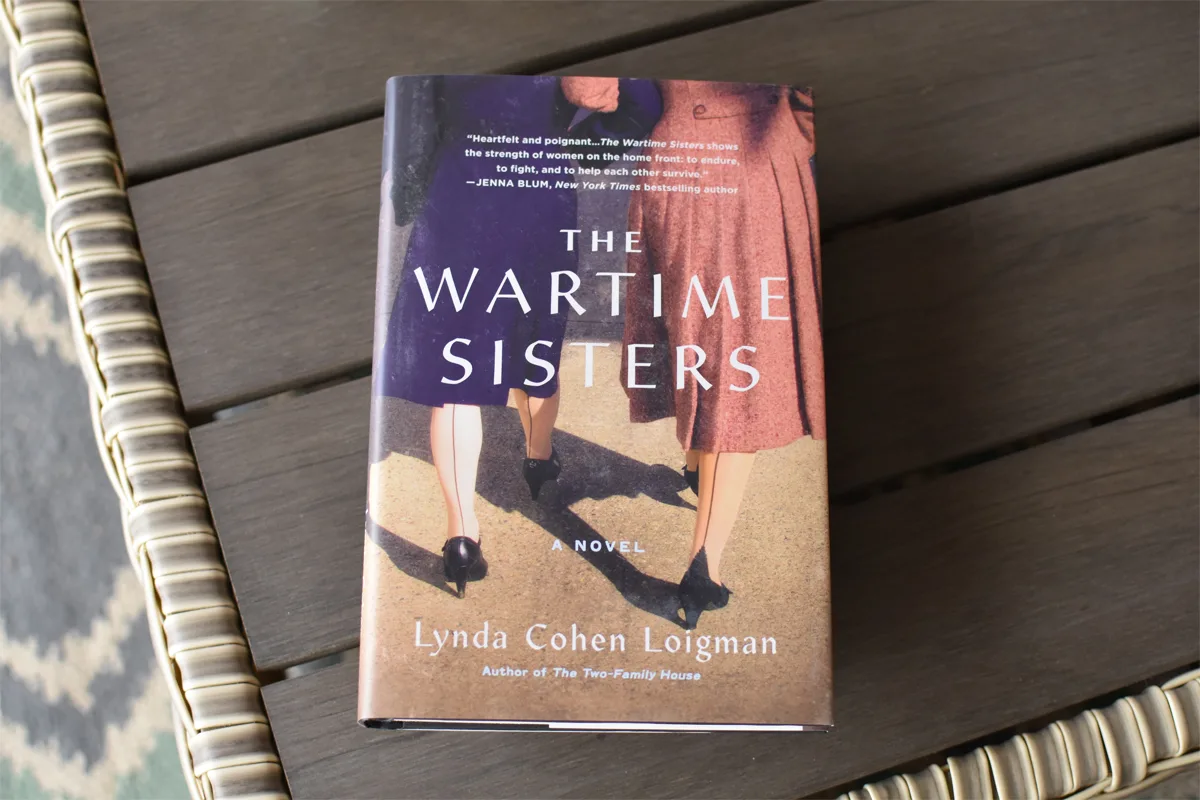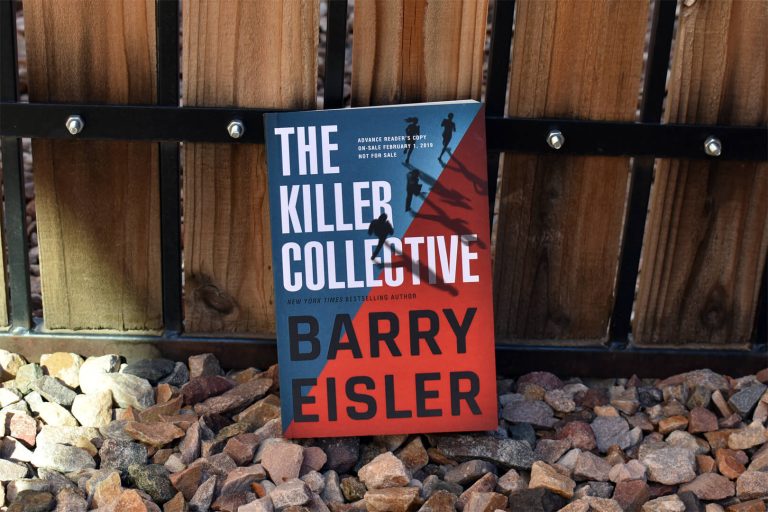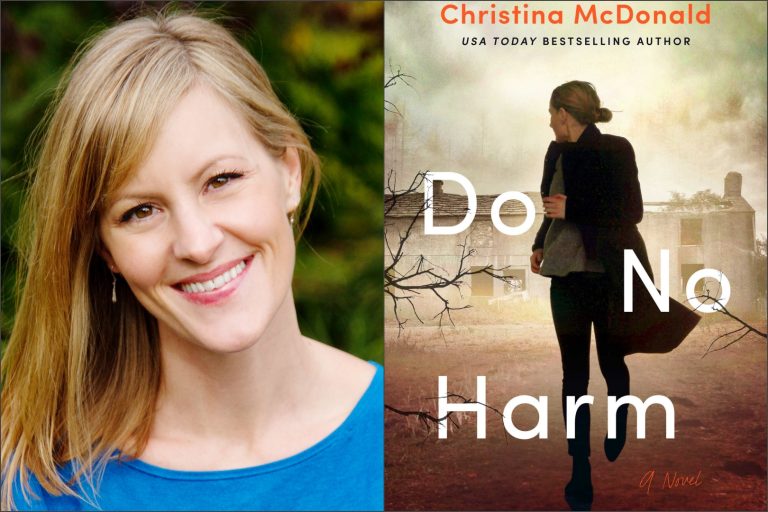Editorial Note – I was given a copy of The Wartime Sisters in return for a review.
The Wartime Sisters by Lynda Cohen Loigman is a heartfelt tale of a complicated dynamic between two sisters during WWII.
The story is about two estranged sisters that were raised in Brooklyn and are reunited at the Springfield Armory in the early days of WWII. While one sister lives in relative ease on the bucolic Armory campus as an officer’s wife, the other arrives as a war widow and takes a position in the Armory factories as a “soldier of production.” Resentment festers between the two, and secrets are shattered when a mysterious figure from the past reemerges in their lives.
A different take on historical fiction
Oftentimes, WWII historical fiction is about the fight that took place in Europe. However, The Wartime Sisters focuses on the lives of women in the U.S. during the war.
So, in reading the story behind the book, the author Lynda Cohen Loigman knew that she wanted to write a story that focused on two sisters. She also wanted to set her novel in Brooklyn and Springfield, Mass., the same two cities where her own family had lived. She intended to mention the Springfield Armory in passing but once she conducted more research, she realized that Springfield in the ’40s provided a much richer setting. She was immediately drawn in by articles about women who had worked on the assembly lines there during WWII. And so she pushed the narrative back twenty years.
While I’ve read a couple reviews from others saying that this novel didn’t feel like a historical fiction one to them, I have to disagree with that. For one, the author provides rich details of life in Springfield Armory—particularly the contrast between the charming buildings of Armory Square and the factory buildings at Federal Square. Then, there’s the dynamic between men and women that is quite different in the ’40s compared to today. But something that really stuck out to me was the human nature component of life during the war. For those in the U.S. during WWII, the war was mainly fought overseas. And in fact, one of the characters in the novel says: “It was easy sometimes to forget about the war. Easy to let a tiny tragedy in an ordinary day eclipse the greater horror of a global calamity.” Daily life still went on, even during wartime. Something about that just felt so real.
Sibling relationships
At the heart of the novel is the relationship between the sisters: Ruth and Millie who are opposites. Ruth is intelligent but not emotionally present and she’s envious of her beautiful and emotional younger sister, Millie. In Ruth’s perspective, Millie receives special attention because of her appearance. And on more than one occasion, Ruth has overheard men and women comparing the sisters’ looks, leaving Ruth feeling even more insecure.
The relationship between siblings, especially sisters, can be messy. Typically, siblings fit into a specific role in a bigger dynamic and no matter how old everyone gets, those roles remain the same. But the familiarity of those roles also breeds ground for jealously and miscommunication. For instance, while Ruth is imitated by Millie’s looks, Millie wishes people would see beyond her beauty and appreciate her smarts. Each sister wants what the other one has but actually saying that to each other would leave both of them vulnerable.
But it goes beyond appearances and after tragedy strikes the family, the rift between the two sisters widens. When they are brought back together after five years, the country is at war and they’re still at war with each other. It becomes a story about the consequences of secrets and the efforts to move past specific family roles.






